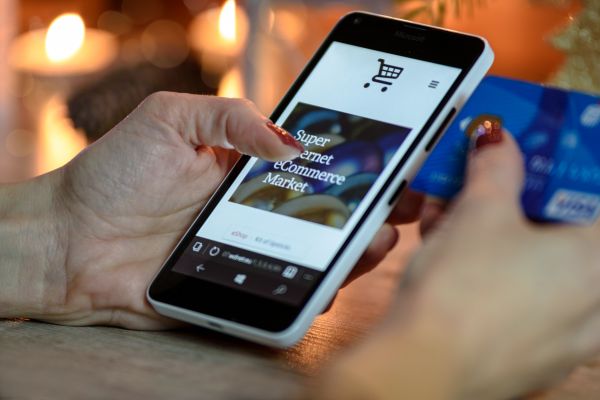When it comes to shopping, personalisation is a well understood concept, at least for physical shops or restaurants who can get to know their best customers and learn about their needs and purchase requirements. A patron who is greeted by a waiter who knows their tastes, or by a shop keeper who can recommend specific products that they might be interested in, is more likely to buy more and return to the business in the future.
Personalisation in online shopping uses similar techniques, but the use of the internet can take this idea to a whole new level. A physical supermarket can’t offer a customer an aisle specifically dedicated to items they have been known to purchase in the past, but an online shop can do exactly that. Recent progress in E-Commerce development means that online stores can now offer a much more personalised and specific shopping experience to their customers, using just a few effective techniques. One such example is of retailer.com, see how it uses personalisation.
So what are these techniques adopted by the digital agencies and how do they affect online shoppers?
1. Using Purchase History
A very simple but effective technique. The website basically stores each visitor’s browsing history of the site – as well as shopping cart additions and previous clicks – and uses this information to recommend products to them. This can be new items based on previously bought products, or merchandise they have previously viewed but not bought. This way, the user won’t have to spend time trawling through the site to find products of interest to them, encouraging bigger sales and repeat visits in the future.
2. Interpreting Real-Time Browsing Data
Similar to point 1, sites can follow a visitor’s browsing activities in real time and match their viewing patterns, allowing them to recommend similar products as they’re moving around the site. For example, if the customer is looking at a cooking book, the next page they go on could be recommending cooking utensils to them. This is a good way of getting business straight away, rather than waiting for repeat visits, and has been utilised to great success by Amazon with their ‘recommendations’ section on each page.
3. Collaborative Filtering
This process looks at groups of people rather than individuals, so while it may not be as specifically tailored as some of the other methods, it can help in recommending other products which the buyer may not know to look for. For example, sites track the likes and dislikes of visitors and identify patterns within the data. They can then recognise similar shoppers and recommend popular items to them, such as the latest trend in high heels to those interested in fashion.
4. Personal Profiles
E-Commerce sites who make use of personal profiles can give users a truly unique online shopping experience. When asking a visitor to create a profile on your site, include questions designed to find out their likes, dislikes, and interests when it comes to buying online. You can then use this information to provide them with product recommendations and editorial features that will be of the most interest to them, and delivering this personalised service every time they log in will encourage them to stay and look around the site. A nice touch used by some major online retailers is actually greeting the user by first name whenever they go onto the E-Commerce site.
So, get started on revamping your website and implement online shops to boost your business by applying all of these personalisation techniques to help you get the most out of your E-Commerce applications.




